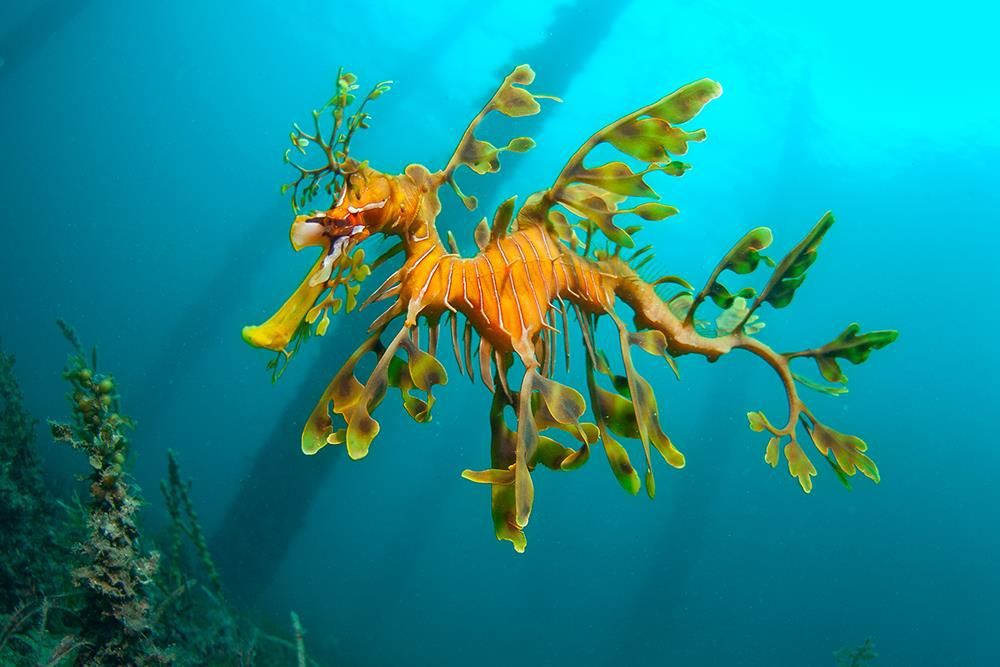5 Strange Sea Creatures
There are hundreds of thousands of known marine species and experts estimate that there are millions more who remain a total mystery. Many of these sea creatures are best explained as ‘strange’ – whether it’s due to their color, markings, size, shape, or a combination of these factors. Here are five strange sea creatures that we find fascinating and mentionable…
Clown Frogfish
Also known as the Warty Frogfish, these fish are masters of blending in, regardless of their odd appearance. Much like a chameleon and octopus, frog fish can change their coloring to match their surroundings. This ability to camouflage is amazing to watch and can make them very hard to spot.
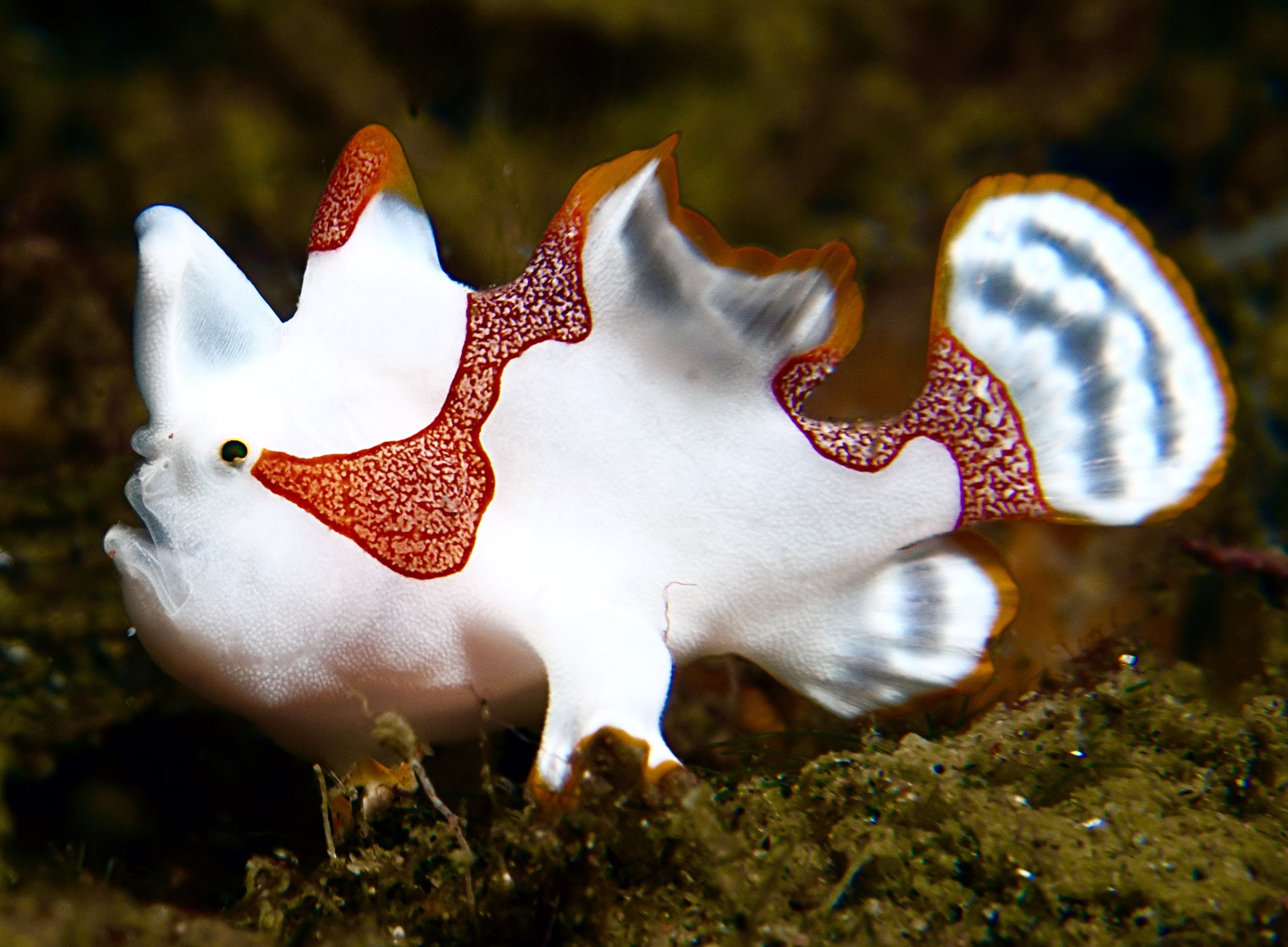
Red-Lipped Batfish
The red-lipped batfish is a deepwater fish usually found near the Galapagos Islands, and its defining attribute is its mouth: big for its body (which usually grows to about 9 in, about the length of a burrito) and droopy, the red-lipped batfish’s lips look like a pair of Twizzlers melting in the sun.
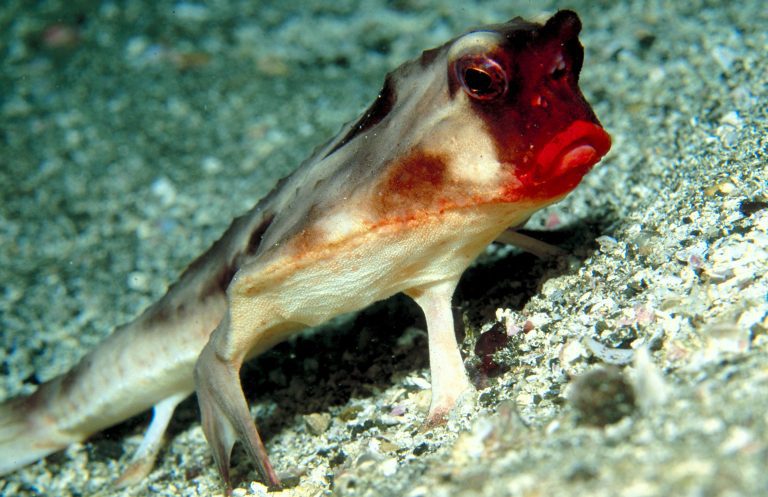
25% Off Site-Wide Sale Today!
Shop Now →Vampire Squid
These animals live at 10,000 feet under the surface in the mesopelagic and bathypelagic regions of the world’s temperate and tropical world oceans. They have the largest eyes of any animal proportional to their size and can survive in the low-oxygen environment of those layers.
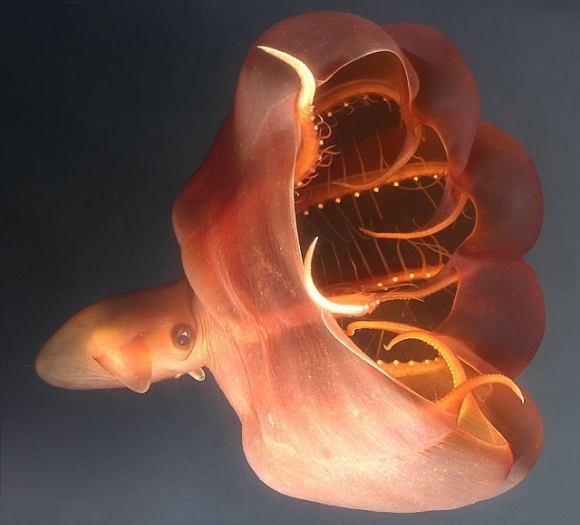
Spiny Dogfish
The spiny dogfish may go by many names, including piked dogfish, rock salmon and spiky dog, but only one truly represents this shark’s unique defense strategy. Using sharp, venomous spines in the front of each dorsal fin, the spiny dogfish is a small but mighty predator that isn’t afraid to take a jab at passing fish. They are considered one of the most abundant living shark species in the ocean, but are harmless to humans. True to their name, their newborns are called pups.
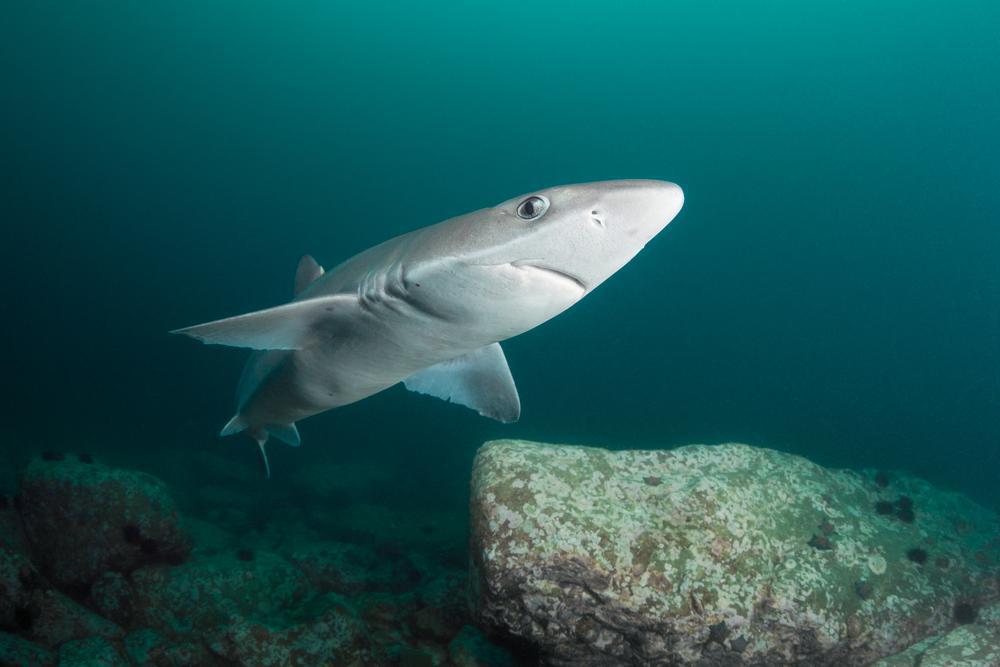
Leafy Seadragon
The leafy seadragon is a charismatic species native to the southern coast of Australia. Leafy seadragons are named for their plant-like appearance that allows them to perfectly blend in with algae that grow in the seagrass beds and the rocky reefs where they live.
